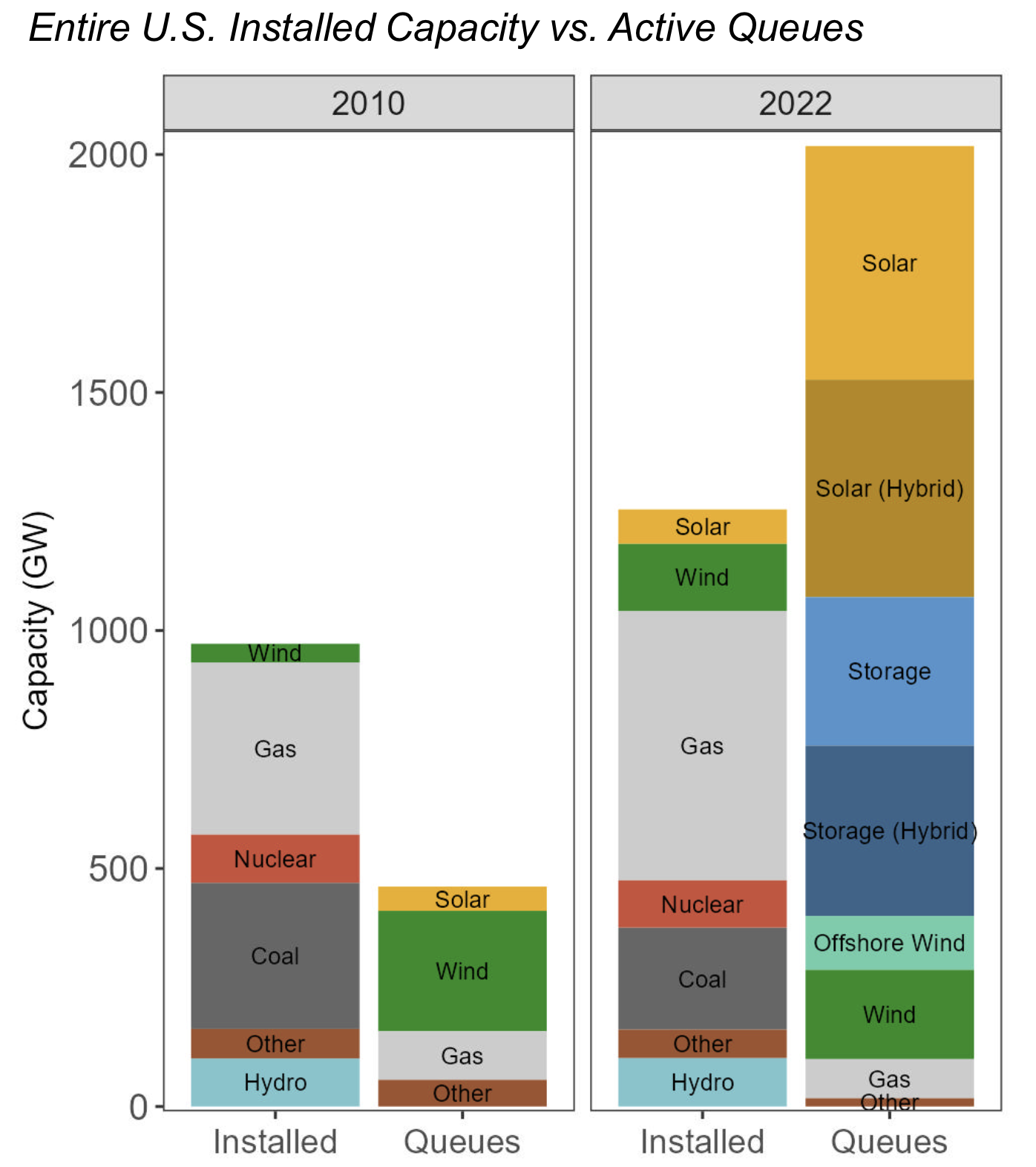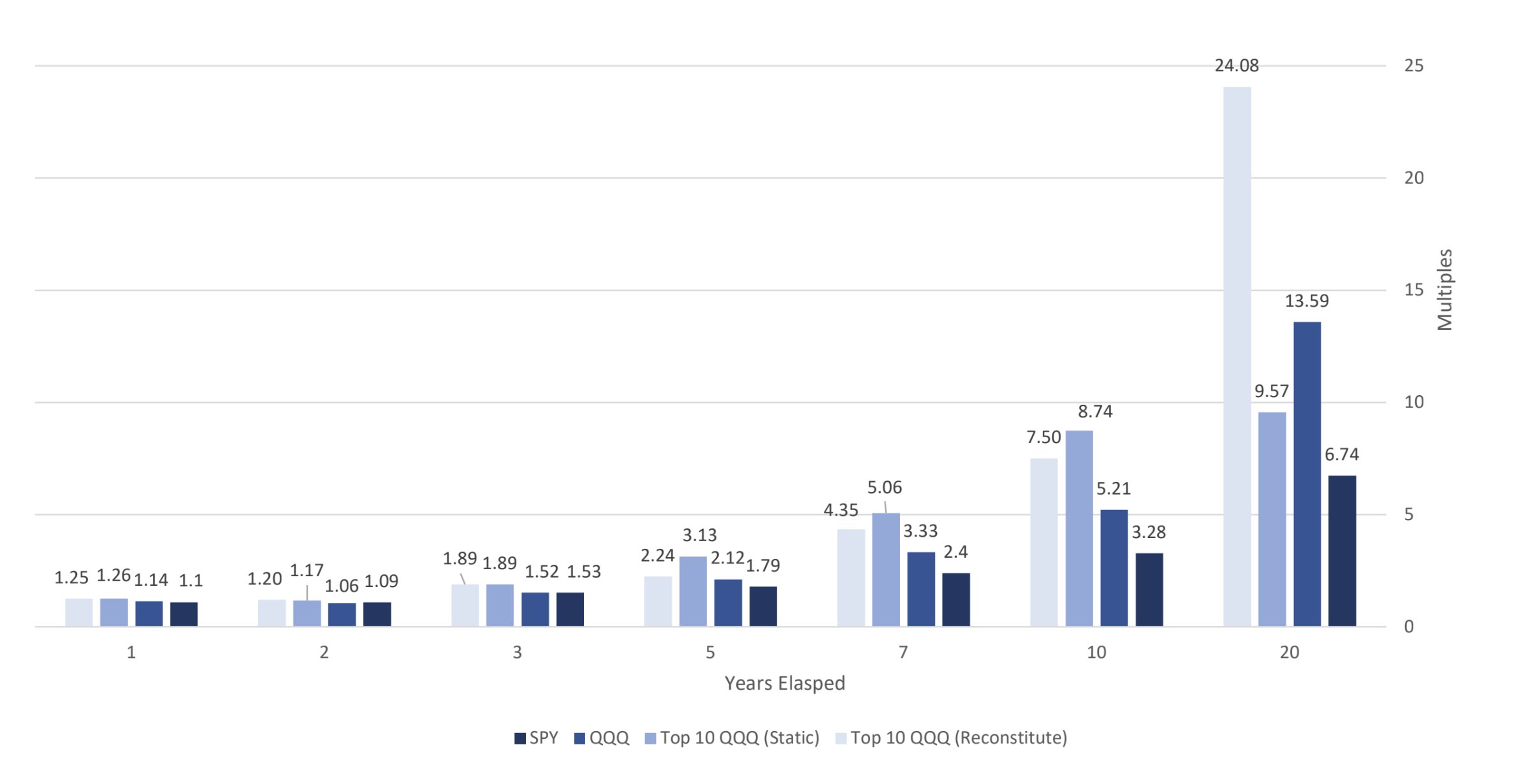000 - let the dice fly high
Tap tap tap… is this thing on?
The Veil of Ignorance
Most people in the United States agree they want some income inequality but debate exactly how much is fair. High-status people generally prefer more inequality than low-status individuals. Here we examine how much preferences for inequality are (or are not) driven by self-interest.
People seemed to make decisions under the presumption of a best-case scenario. They chose a society that they would endorse if they were at the top, but not one they tolerated if they were at the bottom. This finding contradicts many common interpretations of the type of thinking that the veil of ignorance affords. The evidence here suggests that veils of ignorance exercises help to create consensus, but they do not create a “fair” society from the vantage point of its most disadvantaged members.
(link) h/t MarginalRevolution
Work as a byproduct of progress
tweet from @JustJake:
A common mistake I see almost everyone making: You are not supposed to be responsible for the creation of work. Work happens as a byproduct of trying to move from your current to your desired state The creation of work as a non byproduct of progress is a cardinal sin
“It would be nice if…”, “Maybe they want…” The creation of something which must be maintained indefinitely, without at least a strong bet that it will pay it’s freight, simply serves to weigh down the system
And often, it’s more work/weight than expected Ergo, that “paying it’s freight” should actually be closer to “paying 10x it’s freight” This is because a good “50% better in theory” bet, which takes 50% longer, is net zero
Canada creates a path to permanent residency for all American H-1B visa owners in America
Queued Up: Characteristics of Power Plants Seeking Transmission Interconnection As of the End of 2022 from the Lawrence Berkeley National Laboratory
An interconnection queue is used by grid operators to manage requests from power generators wishing to connect their power generation sources to the electricity grid. Takeaways:
Interest in solar, storage, and wind is strong
Completion rates are generally low; wait times are increasing
The typical project built in 2022 took 5 years from the interconnection request to commercial operations 1, compared to 3 years in 2015 and <2 years in 2008.

Helpful context:
Only ~ 21% of projects (14% of capacity) requesting interconnection from 2000–2017 reached commercial operations by the end of 2022.
Comparisons of queue capacity to installed capacity or peak load should also consider generators' contributions to resource adequacy, for example their “effective load carrying capability” (ELCC). As variable resources, solar and wind contribute a smaller percentage of their nameplate capacity to resource adequacy compared to dispatchable generation like natural gas. Decarbonizing the electric sector therefore requires higher levels of installed solar and wind capacity to achieve the same resource adequacy contributions. High levels of storage can offset this need to some degree.
Still looking for queued nuclear…
US Nuclear
Every nuclear plant in the USA vs. every nuclear plant in China.
The U.S. has 93 reactors, down from a peak of 104 in 2012. More will be decommissioned in the future.
China has 55 reactors, 22 under construction, and expects to surpass U.S. nuclear power generation ~ 2030.


link h/t bismark analysis
Credit card debt back on pre-covid linear trajectory (src)

Venture return requirements, top 10 QQQ portfolio performance
A portfolio composed of the top 10 QQQ stocks (by market cap) rebalanced
annually performs well on short/long timespan, Gokul Rajaram argues a
venture fund should return ~ 10x over 10y (25% premium for riskiness and
illiquidity) to be competitive (link)

Gradient Descent
Greg Yan’s (x.ai) bookshelf: https://twitter.com/thegregyang/status/1679997898887426048?s=43
Rules normally exist in contexts in which they are broken.
When you spend many bits-of-optimisation locating a character, it only takes a few extra bits to specify their antipode.
There’s a common trope in plots of protagonist vs antagonist.
Polite people are always polite; rude people are sometimes rude and sometimes polite.
Extending Context Window of Large Language Models via Positional Interpolation, more research on long contexts: Lost in the Middle: How Language Models Use Long Contexts, Large Language Models Can Be Easily Distracted by Irrelevant Context
GPT-4 Architecture, Infrastructure, Training Dataset, Costs, Vision, MoE & summary
Jeremy Howard on AI Safety and the Age of Dislightenment
AI #20: Code Interpreter and Claude 2.0 for Everyone via Zvi
